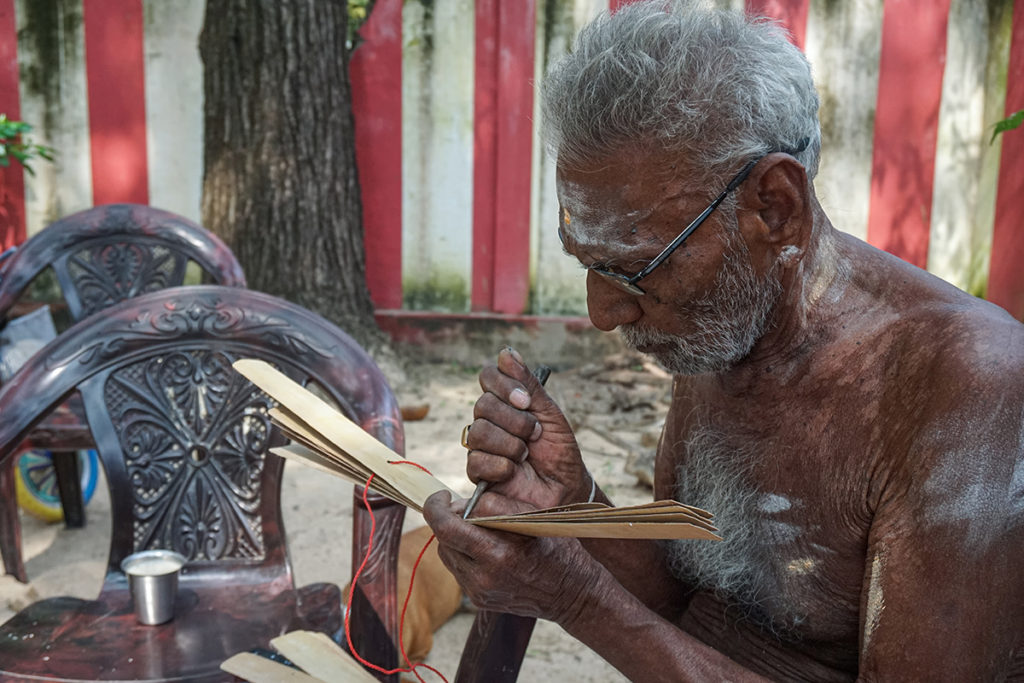Nowadays, when we want to record information, we take our phone or a computer and write. With a simple click, this information can then be saved in the cloud and from there shared with people from all over the world, frequently combined with an image or video. However, the Internet and social networks are relatively new phenomena. Just two decades ago, people used to rely on books and magazines for getting new information. I remember that in my teenage years I used to spend time in libraries and spend most of my money in magazines and newspapers.
Books started to be printed in the middle ages. Before that, books existed, but they were copied by hand. In the legendary library of Alexandria, sailors had to pay an unusual tax: allow scholars to copy any books that they would be carrying in their ships, helping to enrich the library.
Before the invention of paper, writings were made using other materials, like papyrus, metal sheets, clay, or even rock. In this way, important information would be preserved for future generations.
The Vedas, however, explain that people from ancient times didn’t require books. They had a sharp memory and could memorize any amount of information just by hearing it a single time! They were also more in favor of living natural lives and thus didn’t had much impetus for creating machines that would allow them to print books. Instead, they relied on a system of wandering sages, who would travel from town to town disseminating knowledge. At any time one of these wandering sages would visit a city or village, all people would gather to hear him, and local teachers would know about different branches of knowledge and transmit it to their students. All teachers were Brahmanas who openly shared their knowledge with any qualified student. There were no monthly fees: each student could remunerate the teacher with any amount comfortable for him. Rich students could give good amounts of grains and other valuable items, while poor students could give just a fruit or a flower, for example.
In fact, this ancient system of free education was still in place by the time the British came. Eager to advance their colonial agenda, they quickly dismantled the traditional system and replaced it with schools where they could disseminate their own ideas and culture, but this is a story for another article…
Back to the Vedas, when there was the need to write information down, a simple but ingenious system was used: instead of paper, they would use palm leaves dried on the sun.
Although the word “leaves” gives the impression of something very flimsy and fragile, these palm leaves are actually quite durable. The technique involved writing in the dry leaves using a needle and them using natural dyes to make the parts scratched by the needle dark, allowing for easy reading. The leaves could be cut in rectangular shapes and this could be strung to a thread by small holes. If well preserved, these leaves would last for several centuries, actually much longer than a modern book. Eventually, when the leaves would start to deteriorate, they just needed to be copied into a new set of leaves.

When Kali-yuga (our current era) was about to start, the great sage Vyasadeva taught it was prudent to categorize all the different books that composed the Vedic literature and write everything down into books. By divine inspiration, he divided the original Veda into four and wrote other supplemental books, like the Upanishads, Puranas, and the Mahabharata (which includes the Bhagavad-Gita). In conclusion, he wrote the Vedanta Sutra, which summarizes the higher portions of the Vedas, which deal with spiritual knowledge. Predicting that people from our times could easily misunderstand and misinterpret the elevated knowledge of the Vedanta Sutra, he wrote the Srimad Bhagavatam, a commentary that gives the ultimate conclusion.
In this way, this ancient knowledge received by humanity from higher beings was preserved thru the centuries, all the way to our modern age, where it can be shared thru books and on the internet.
